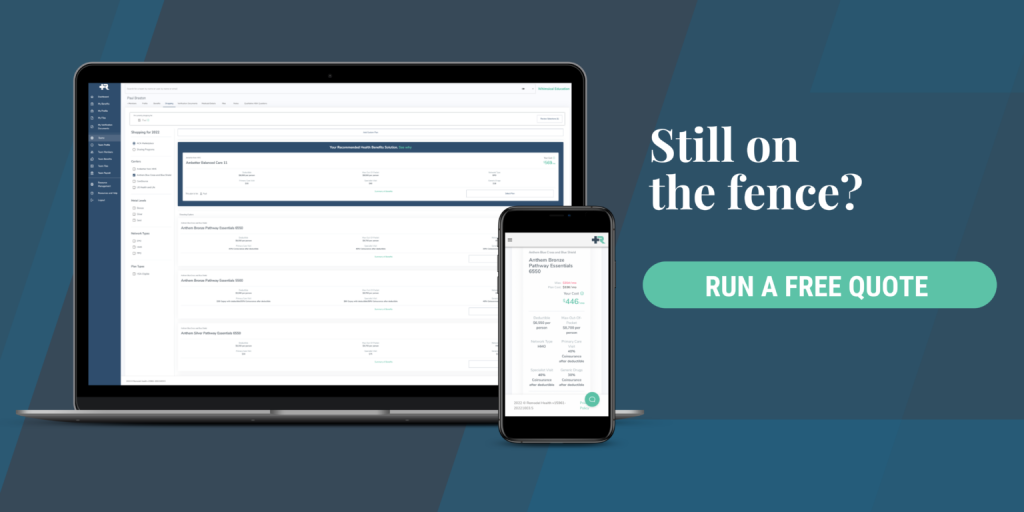Having a good touch on our team and utilizing the best tools to keep everyone healthy is vital to our wellness and the success of the mission. We are likely doing the very best that we can, but it’s difficult on many different levels. Occasionally we simply don’t have the extra availability, while often we just don’t have the extra resources to do anything more. But the latest data is a profound reminder that we cannot take anything for granted:
- 1 in 4 people struggle with mental health
- 77% of employees have experienced burnout
- 71.6 million people changed jobs this past year
- 38% of pastors have thought about quitting
As leaders, we have a desire to take better care of our team. When they thrive, the organization thrives. And when we’re all thriving together, the mission is accomplished! But since time and money aren’t things that you can just find lying around somewhere, what are the best tools to keep your team healthy? Here are some no-time and no-cost options you can use immediately:
1. Make Sabbath a Habit
“Six days you shall work, but on the seventh day you shall rest. In plowing time and in harvest
you shall rest.” (Exodus 34:21)
Americans are resting less today than ever before. Our always-on electronics push us even further into the high pressures of constant connectivity. Not only are we taking less vacations, but we aren’t properly shutting down our engines and successfully recovering each week. Over the course of time, it takes a big toll on our body, soul, and spirit.
One of the best tools to keep your team healthy is to make sabbath a habit. And the best way for habits to be formed by any team is for the leader to show the example themself. Once there is a culture of rest established, then it no longer feels awkward to take time off. Be sure that each person on the team has the opportunity—and authority—to remind one another about the gift of the sabbath.
2. Bear Burnout Together
“Bear one another’s burdens, and so fulfill the law of Christ.” (Galatians 6:2)
The reality is that every single one of us will face hardships that can pile up into burnout if we don’t get the support that we need. Keeping the topic of burnout at the forefront of our conversations is an opportunity each leader has to normalize. God has designed us to be part of a community and no one was meant to be alone.
“How are you really doing?” can be one of the most caring things that any leader can ask of their team. Pair that question with proven character of care and support, and it leads toward a place where healing becomes steady and strong. As we look at our teams, we must always remember that quite often, the real cause of any problem is rarely what’s most apparent. Which is why cultivating an environment of authenticity and openness is so crucial to ensuring negative issues are tended to from the very beginning.
Learn more about how Remodel Health’s ICHRA+® product can benefit your organization
3. Unlock New Resources
Some things do cost money. Thankfully, there are ways to unlock new resources from right inside your budget that you can use to care better for your team without sacrificing something else. How is this possible? Sometimes the best solutions to our biggest problems are right under our nose! Employers of all sizes are leaving group plans and breaking them apart into individual plans that are cheaper and better, all managed together using the Remodel Health software. The result is saving 30-50% on health benefits.
These are real dollars that can be used to help your team and grow your mission! We’re talking about new benefits, new tools, new hires, new events, new locations, and so much more! Over the last 6 years, Christian organizations have put over $70M—yes seventy-million—back into their budgets. This can be your team! Connect with us today to start a no-cost analysis and see all of the details for yourself.
Remodel Health is proud to partner with Carey Nieuwhof to help churches and ministries discover more options, serve employees better, and control the cost & quality of their health benefits.

